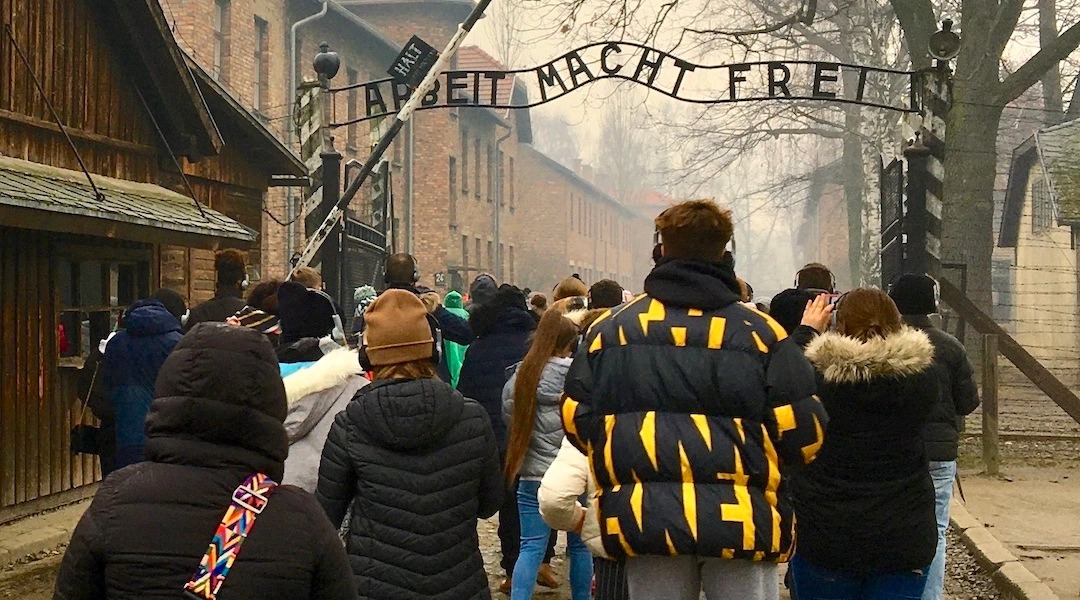Introduction:
Auschwitz, the largest Nazi concentration and extermination camp during World War II, stands as a testament to the horrors of the Holocaust. Every year, millions of people visit the site to pay their respects to the victims and learn about the atrocities committed there. Auschwitz tours offer an opportunity to learn about the history of the camp, witness the remains of the gas chambers and crematoria, and hear the stories of survivors. However, visiting Auschwitz can be an emotional and overwhelming experience, which is why having a knowledgeable and compassionate tour guide is crucial to ensuring a meaningful and respectful visit.
Content:
Auschwitz Tours:
Auschwitz tours are led by professional guides who are trained to provide visitors with accurate and engaging information about the camp. The tours typically last between two and three hours and cover the main areas of the camp, including the Auschwitz I camp, the Auschwitz II-Birkenau camp, and the Auschwitz III-Monowitz camp. Visitors will see the remains of the gas chambers, crematoria, barracks, and other structures, as well as various exhibits and memorials.
The tour guides provide a detailed history of the camp, including its establishment by the Nazis in 1940, its transformation into a death camp in 1942, and its liberation by Soviet troops in 1945. They explain the various stages of the extermination process, including the selection process, medical experiments, and the use of gas chambers and crematoria to dispose of the bodies. The guides also highlight the heroic efforts of the resistance and the stories of survivors who lived to tell their tale.
Click here – A Comprehensive Guide to the Vatican Museums: Tickets, Highlights, and More
Auschwitz Gas Chambers:
The Auschwitz gas chambers are one of the most chilling reminders of the atrocities that took place there. Visitors to the camp will have the opportunity to see the remains of the gas chambers and the crematoria, which were used to dispose of the bodies of the victims. The gas chambers were built to look like shower rooms, with fake showerheads and water pipes to deceive the prisoners into believing they were going to be bathed. Once inside, they were locked in, and poisonous gas was released, killing everyone inside within 20 minutes.
The tour guides explain the process of how the gas chambers worked, how many people were killed each day, and the horrific conditions the prisoners endured. They also describe the efforts of the Sonderkommando, the prisoners forced to operate the gas chambers and crematoria, and the resistance fighters who attempted to sabotage the operation.
The Role of an Auschwitz Tour Guide:
The role of an Auschwitz tour guide is critical in preserving the memory of the Holocaust and honoring the victims. The guides are responsible for providing accurate and sensitive information about the camp’s history, ensuring that visitors understand the gravity of the crimes committed there. They must also be able to empathize with visitors and understand the emotional impact that a visit to Auschwitz can have. Many visitors may have a personal connection to the camp, either through their family history or their own experiences, and the tour guide must be able to handle these situations with compassion and respect.
Moreover, the tour guides play a crucial role in preventing the distortion of history and combating Holocaust denial. They are trained to identify misinformation and confront it directly, ensuring that visitors leave the camp with a clear understanding of what happened there. They must also be able to answer difficult questions, such as why the Allies did not do more to stop the genocide or why some prisoners were complicit in the operation of the camp.
Click here – Topkapi Palace Guide: A Journey Through Istanbul’s Magnificent Past
Conclusion:
Auschwitz tours are an essential way for people to learn about the history of the Holocaust and pay their respects to the victims. The role of the tour guide is critical in ensuring that visitors have a meaningful and respectful experience.

